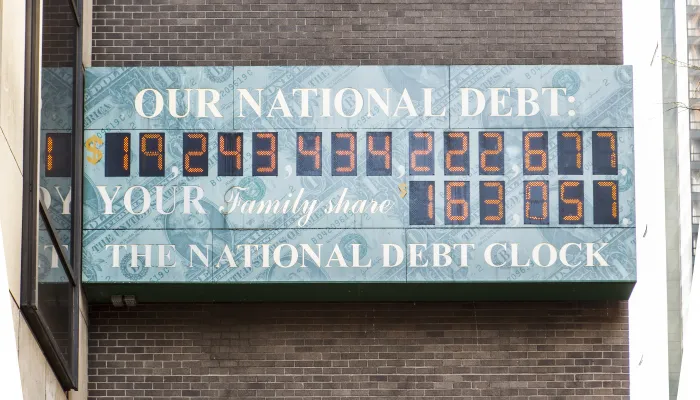MarketWatch: February 7-10, 2011
While this week’s government bond auctions ($72 billion worth) were digested more easily than expected, yields for the benchmark 10-year bond and 30-year bond rose slightly and were at their highest points since last May.
Concerns lingered in the background, however, about the upward path for longer-term interest rates. (Last week’s employment release for January continued to be interpreted as a sign of strength – although data was contradictory). This week, these concerns may have been allayed by Fed Chairman Bernanke’s comment at a congressional hearing that interest rates are heading up only normally as the economy recovers and by central bank purchases of our debt (which were apparently higher than usual). Worries over commodity price pressures, eurozone debt problems and unrest in Egypt appear to have diminished for the time being.
The Treasury Department is reportedly gradually increasing the maturity structure of its debt portfolio so that it will lock in today’s relatively lower rates at longer maturities as the economy strengthens. With short-term interest rates at zero, the Treasury had shortened its debt maturity structure during our economic and financial crisis to minimize the costs of incurring additional debt while the government supported the economy at the time. As a consequence, U.S. national debt is thought to have shorter average maturity than many other advanced industrial countries (including the U.K.), which can increase debt roll-over risk in a situation where interest rates are rapidly climbing.


